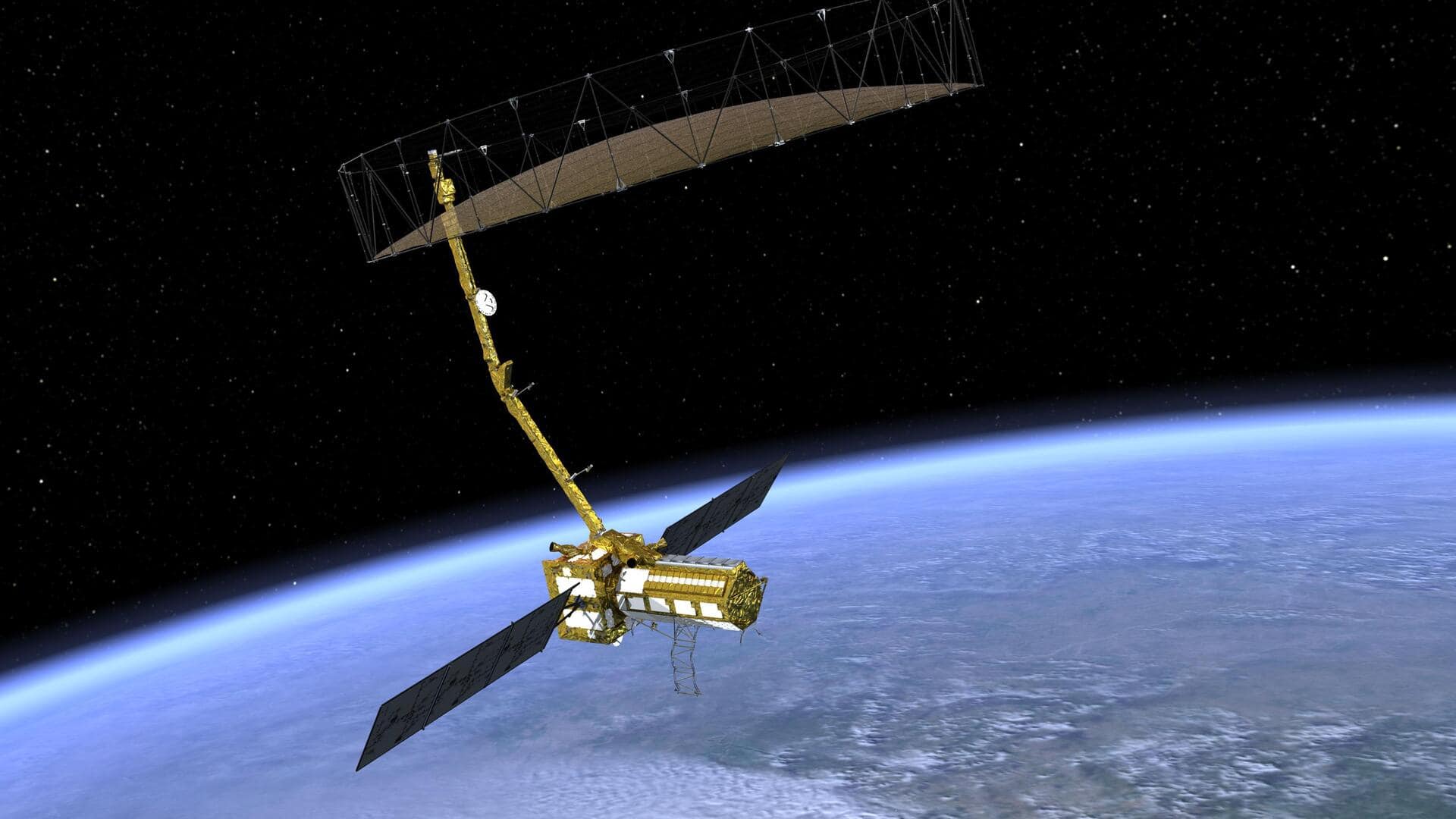
NASA chief to review NISAR's progress: Know mission highlights
What's the story
NASA Administrator Bill Nelson has arrived in India for a week-long visit. The focus of his trip will be to strengthen the partnership between NASA and the Indian Space Research Organisation (ISRO). "India is a leader in space and we're looking forward to a productive visit," he said in a post on X. A key part of Nelson's trip will involve visiting ISRO's Bengaluru facility, to see the progress of the joint NASA-ISRO Earth-observing mission, called NISAR.
Details
All you need to know about the NISAR mission
Short for NASA-ISRO Synthetic Aperture Radar, NISAR is the first time NASA and ISRO have collaborated on hardware development for an Earth-observing mission. NISAR will be able to track Earth almost completely at least once every 12 days, providing insights into the "dynamics of forests, wetlands, and agricultural lands." It's also said to be the world's most expensive imaging satellite, summing up to around $1.5 billion. NISAR could help address global challenges like climate change, disaster response, and agricultural planning.
Mission
NISAR will make use of advanced radar imaging
NISAR will be the first satellite mission to use two different radar frequencies (L-band and S-band) to measure changes in our planet's surface less than a centimeter across, says NASA. The S-band radar can track crop structure, rough land, and ice terrains, while the L-band instrument can observe past thick forest canopies to study the tree trunks, among other observables.
Collab
NISAR mission involves equal contributions from both space agencies
NISAR involves equal contributions from both NASA and ISRO. NASA will provide the engineering payloads including L-band SAR, radar reflector antenna, the deployable boom, high-rate communication subsystem, and GPS receivers, among others. ISRO's component of the mission is led by U R Rao Satellite Centre (URSC), Bengaluru. It will provide the spacecraft bus, S-band SAR electronics, launch vehicle, the associated launch services, and will handle mission operations. NASA and ISRO signed a partnership for the mission back in September 2014.
Development
What is the current status of NISAR mission?
The NISAR mission recently logged a crucial milestone, according to NASA. It successfully passed a 21-day test that aimed to assess the satellite's ability to function in extreme temperatures and the vacuum of space. Post the required testing, the satellite will be shipped to Satish Dhawan Space Centre (SDSC) SHAR. Once at SDSC, it will be integrated with ISRO's Geosynchronous Satellite Launch Vehicle Mark-2 rocket and sent into low Earth orbit (LEO) sometime in early 2024.
Insights
Aligning with US-India initiative on critical and emerging technology
During his stay in India, Nelson will meet with government officials and scientists to discuss topics like crewed space missions, Earth science, and technological innovations. The NASA chief will also engage with students to discuss STEM education and inspire the next generation of space explorers, known as the 'Artemis Generation.' Nelson's visit supports the US and India initiative on Critical and Emerging Technology, launched by President Joe Biden to deepen ties in cutting-edge research and development.